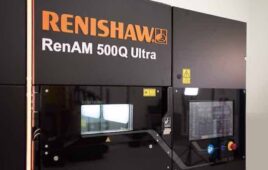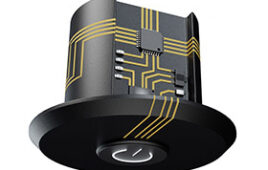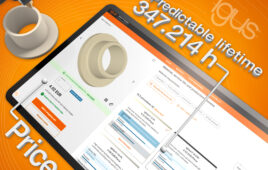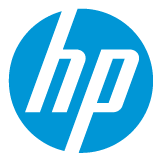Many manufacturers tend to put off product safety certification until they have completed their design and R&D stages.
If any issues arise during the final product certification process, this may hinder the timing to launch a pioneering product, when major revisions become necessary.
According to the Gartner’s research, there is tremendous business potential in the industry, as output volume for 3D printers should grow at least twofold annually from 2015 to 2018. Though new trends bring new technologies, challenges to application safety can also arise.
Jason Chang, a manager with TUV Rheinland Peripherals department of Electrical Service Division, suggests that one should consider more than just performance when designing 3D printing products. Safety is actually a more important factor.
3D printing falls under two major categories, electronic products and industrial machinery, each with its own safety standards. Electronic products include such items as a stand-alone desktop machine, which requires simple installation by the user before use.
These items are suitable for small-scale production, and use in photocopy shops, toy stores, homes, offices, and laboratories. Industrial machinery encompasses machines used in large-scale production, with professional personnel needed for installation and control program coding. This machinery is most suitable for production lines designed for quantity output.
Safety requirements mean that products should not endanger the safety of the user’s life or property during usage, in addition to just performance. Take 3D printing safety regulations under the electronic product category for example — the International Electrotechnical Commission (IEC) 60950-1 standard applies, preventing users and service personnel from facing the following 7 major hazards: electric shock, electrical energy, fire, burn, mechanical, radiation, and chemical hazards.
Possible hazard elements and prevention methods are also provided. For example, if a unique product design causes the 3D print head to overheat, is there a burn warning? Is there risk of electrocution, or danger upon contact in locations users may encounter? Will parts become hazardous if overheated? What is the stability design of the machinery itself? Will the radiation energy emitted from the equipment itself (i.e., sound waves/infrared rays/lasers/light energy) cause harm to the human body? Are any toxic chemicals released during normal or abnormal operations? These are all elements of safe design which must be taken into consideration in the production of 3D printing equipment.
Printing materials is a core technology within 3D printing, and the three major materials available right now are plastic, metal, and ceramic. In the future, greater diversity in material applications is vital for printing the best products possible.
In order to deal with various molding technologies, companies should consider safety regulations as early as possible during the product design process. With some 3D printers glue is utilized to bind materials, while some printing materials come in powder form.
Designs should avoid any powder or glue contact with insulated portions of the equipment. Products with no barriers to prevent powder and liquid gel contamination will face more stringent insulation-distance requirements in terms of safety regulations.
In addition to these aforementioned safety requirements, product design must also meet various needs on other levels within the market. This includes electromagnetic compliance, hazardous substances, energy consumption standards, and recycling directive standards.
Though professionals usually operated 3D printing equipment in a manufacturing environment in the past, such equipment is now often found in home and office settings, exposing an increasing number of non-professionals to certain risks.
TUV Rheinland’s 3D printing equipment testing and certification service encompasses the mandatory requirements outlined above, as well as a 4-category Fitness for Use (FFU) evaluation, for the client. This FFU evaluation includes a durability evaluation, functionality evaluation, operational/structural check, and user-manual evaluation.
This process aids companies in discovering potential risks in their products before bringing them to market, in order to maximize business potential in the 3D printing market in the quickest timeframe possible.
Filed Under: 3D printing • additive • stereolithography, Industrial automation




